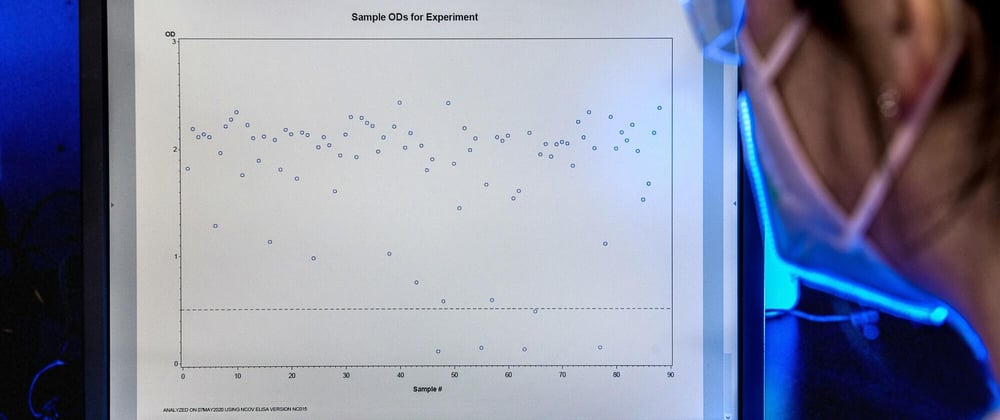Data scientists a person who is better at statistics than any software engineer and better at software engineering than any statistician ~ The data science motto
Data science is an interdisciplinary field of study. It’s not just dominating the digital world. It’s integral to some of the most basic functions - internet searches, social media feeds political campaigns, airline routes, hospital appointments, and more. It’s everywhere. What makes data science so applicable to the human experience? Among other disciplines, statistics is one of the most important disciplines for data scientists.
As a data scientist, the ability of building predictions is not enough! Effective data scientists know how to explain and interpret their results and communicate findings accurately to stakeholders to inform business decisions. This is the most overlooked part of the data science learning journey, many companies have been disappointed in the results simply because finding talents(scientists) that can communicate their insights mean to the business is the problem.
You can find that a data scientist is trained to ask questions, wrangle the relevant data and uncover insights but not to communicate what those insights mean for the business. Most self-taught data scientists do ignore some of the important areas to cover in order to build their expertise in data instead the major group focus on learning to develop the models with high accuracy and deep learning with a high number of connected layers and so on.
The main aim of why companies need data professionals is simply they want to hear about what insights or patterns behind the Science of Communicating Science. The Ultimate Guide data they do have can help on adding value to their business rather than creating a bunch of models with different algorithms, etc. I will focus on demonstrating the power of statistics knowledge in making successful communication data science results to stakeholders.
The power of statistics in communicating data science results
As a data professional you should have the ability to transform your technical skills into validating business needs, we understand that data science work on validating business needs like decision making, risk assessment, and management through insights obtained from data, etc this can't be achieved alone with your capabilities of running python scripts there is something should be added on in order to connect the technical part and the business needs.
"..a hypothesis test tells us whether the observed data are consistent with the null hypothesis, and a confidence interval tells us which hypotheses are consistent with the data." ~ William C. Blackwelder
In my findings I just came to realize that the matter of communicating the results depends on different angles from understanding the problem, framing the problem, effectively exploring the data, and interpreting model predictions all of these important parts do require concepts of statistics and probability in order to be more effective.
The fundamentals of statistics are essential in building the art of communicating the results why?
- Framing data science challenges in the right way require domain understanding and statistics knowledge to set the hypothesis of the problem. Defining the problem in the right way exposes what is the input required, output, metrics, and tasks that should be done during the data exploration part to answer business needs.
- Statistics can answer what are the most important features: the knowledge of descriptive statistics helps to describe the distribution and relationship between variables/features and say their contribution to certain outcomes, this can be in terms of correlation or descriptive statistics such as mean, standard deviation, variance, etc
- With statistics knowledge, one can tell the right story behind visualization, depending on the variation of graphs and charts. This is an essential part of building an informative report to share with stakeholders so that they can understand your insights behind the data.
- How about the data cleaning process? In differentiating between noise and valid data what comes to your mind it may be an outlier or missing observations. Often, the data points you've collected from an experiment or a data repository are not pristine. The common examples include missing values, data corruption, data errors, and inconsistent data. The knowledge needed in detecting outliers and imputing missing observations is based on the fundamentals of statistics.
- Statistics can answer what is the most common and expected outcome? direct example is sampling data and selecting features, statistics help to tell the stakeholders why you opt for certain variables and not all variables in predicting the final results. Also in data science, not all data need to be scaled, in order to understand the concept of scaling the data you should use the knowledge of statistics.
- Statistics can identify performance metrics should we measure: A key step in solving a predictive problem is selecting and evaluating the learning method. Estimation statistics help you score model predictions on unseen data. Experimental design is a subfield of statistics that drives the selection and evaluation process of a model. It demands a good understanding of statistical hypothesis tests and estimation statistics.
Not only these but take it as starting point for building effective communication of results in data science.
Final Thoughts:
In data science, statistics is at the core of sophisticated machine learning algorithms, capturing and translating data patterns into actionable evidence. Data scientists use statistics to gather, review, analyze, and draw conclusions from data, as well as apply quantified mathematical models to appropriate variables
As data scientists on becoming a better version of your professionals you should focus on building strong background knowledge of statistics and probability these are much helpful when you mention data science or in making data science solutions useful.For anyone struggling with building the art of communicating the data science result, I advise should look at a statists course to shape the fundamentals of statistics.
Communicating the technical work in terms of the business objectives and value provided to the business is a beast to master but a critical skill to obtain!
Under rating, the power of statistics in data science will cost you, for sure simply because most analyses do require conceptual understanding in the critical part of statistics since it helps you understand many sources of hidden variation/bias you might miss if you only have the cleaned data.
Thank you for reading this article, if you are curious to learn more check on communicating with data, the concept of probabilities, and the concept of statistics, and don't forget to share this with others.





Top comments (0)